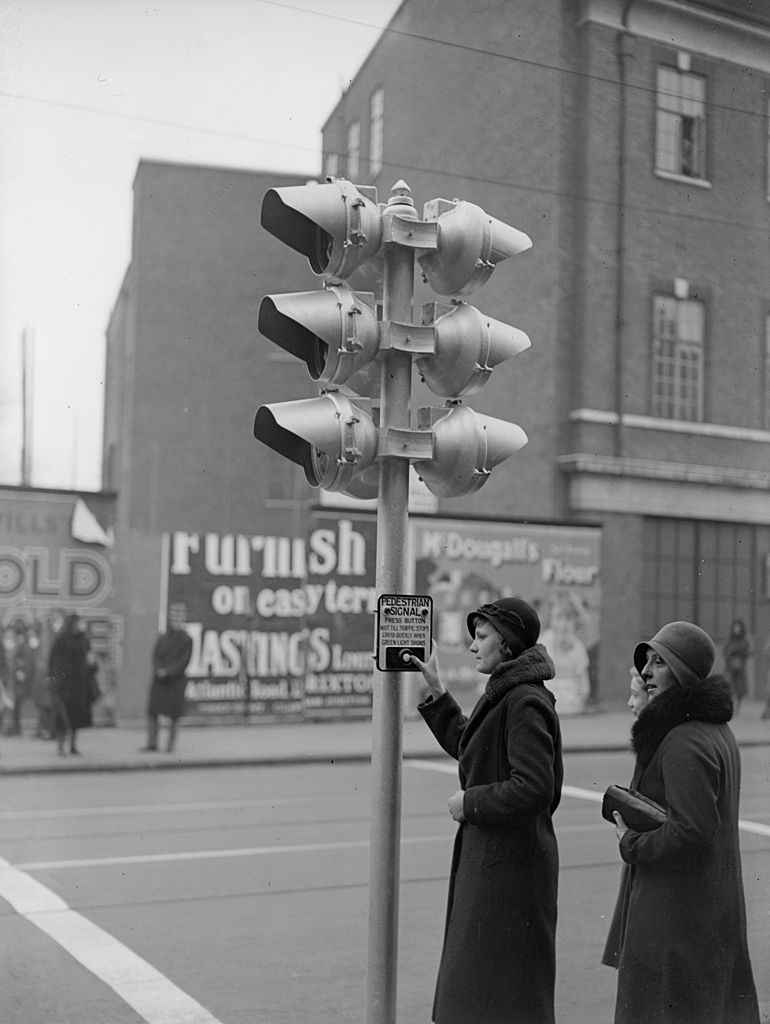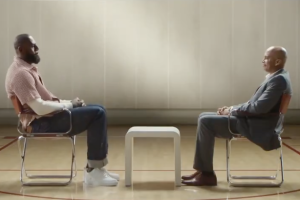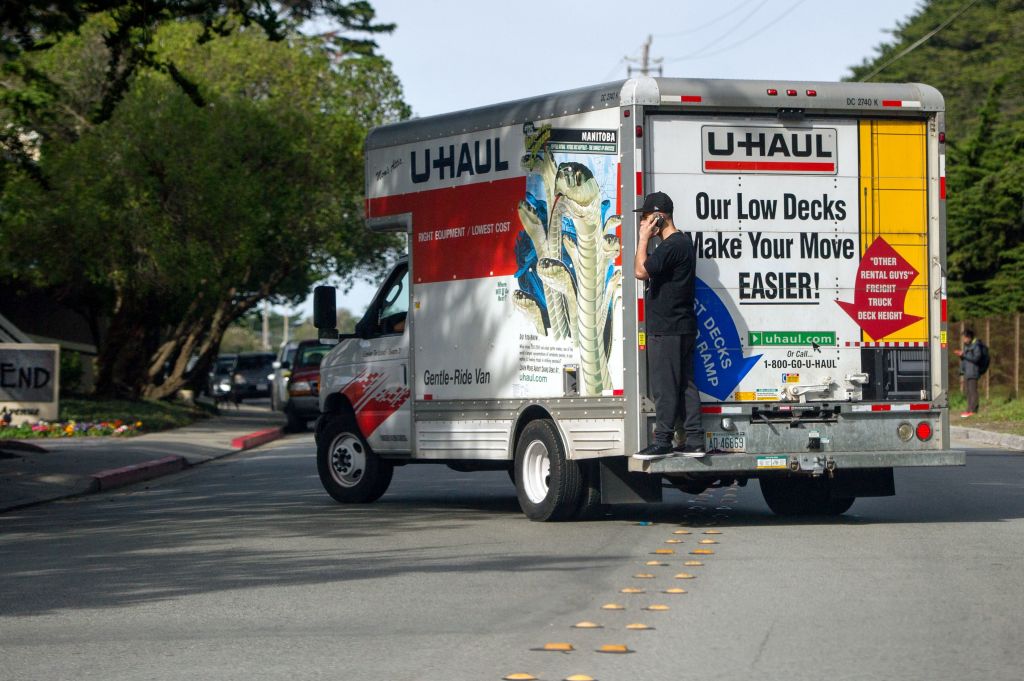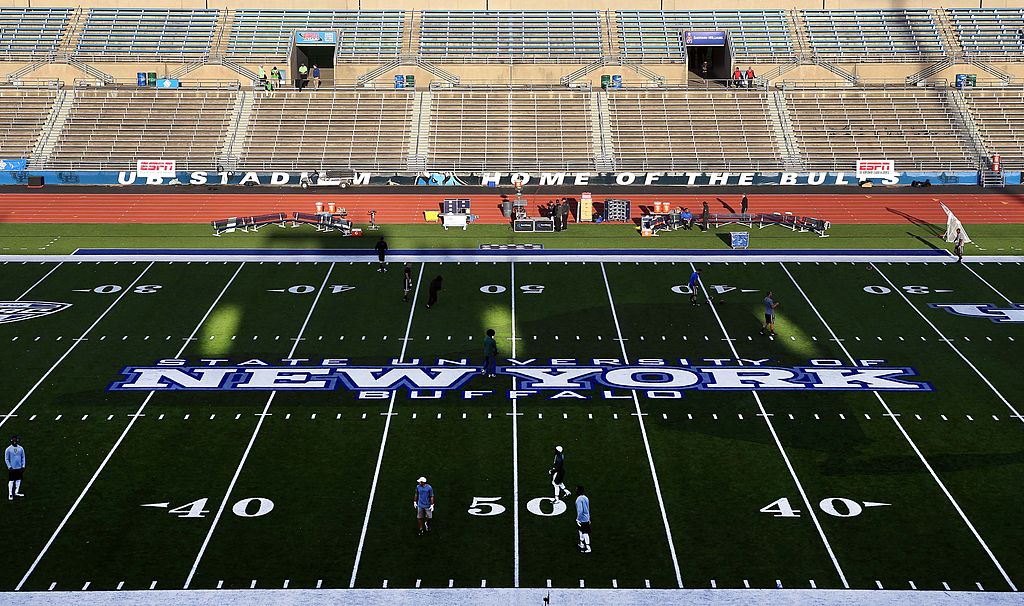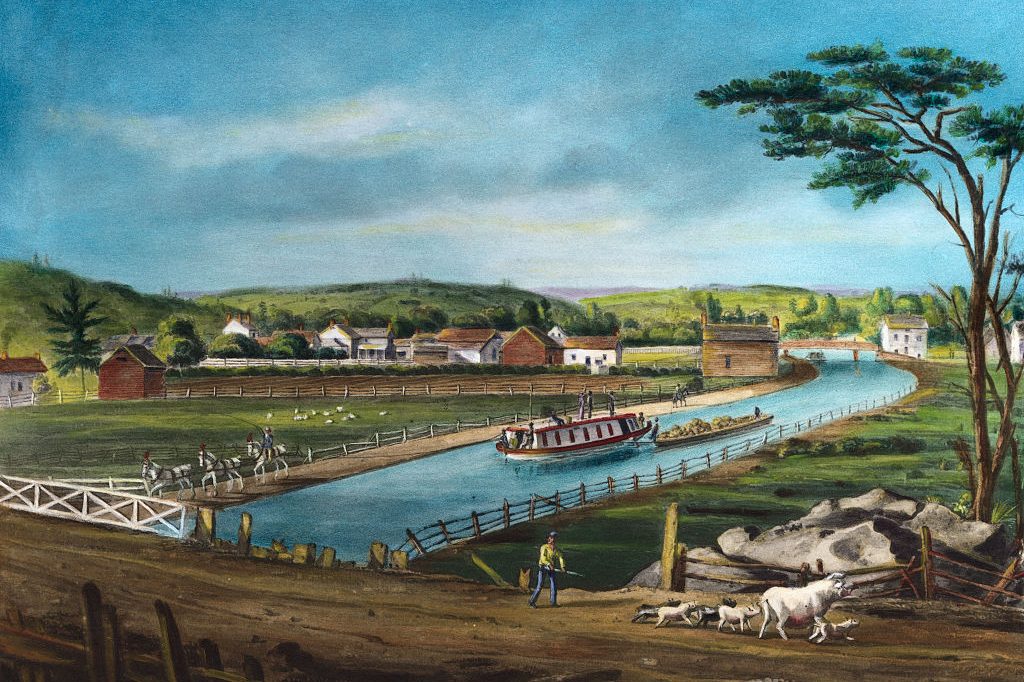I have my flaws, but I do know how to treat a lady. Five years ago, for our thirtieth anniversary, I took my wife to a nineteenth-century mental hospital. (We didn’t check in.) This year, to celebrate her birthday, I showed her a traffic light — and as a lagniappe, we gandered at a clock, too.
It’s not quite as quotidian as it sounds. Well, maybe it is, but now that I’ve got you on the line, let me tell you why we drove two hours to Syracuse, the Salt City, to inspect a pair of everyday sights.
First, the light. In 1925 or thereabouts, the city of Syracuse installed a traffic signal with green on top and red on bottom in the Irish neighborhood of Tipperary Hill. This was done at the behest of an alderman surnamed Ryan. A proud Paddy politico, apparently.
Some unimaginative bureaucrat — eccentricity is not a valued trait in traffic engineers — ordered the colors transposed to their usual positions. This annoyed the local gamins, who objected to British red surmounting Irish green.
The Hibernian youths registered their disapproval of green’s demotion by regularly pelting the light with “Irish confetti,” aka rocks. The authorities tired of fixing the broken signal and gave in. As the excellent upstate journalist Sean Kirst records, “Tipp Hill received the only traffic light in the nation where the green shines over red.”
Ethno-vandalism had triumphed!
Lucine and I and our friends Chuck and Pat gazed at the upside-down light for what seemed a fitting period of time. Our vantage point was a little street-corner park with a statue of an Irish family. The bronze Dad is pointing out this marvel to Mom and their two kids. Although Junior has a slingshot in his back pocket, Pat thought it too cautious a depiction. Why not show the hooligan hurling the rock that KO’d the red? I suppose Pat’s reaction was predictable: her great-uncles were IRA men who were deported from the Emerald Isle to Australia in the 1920s. She still holds a grudge.
Chuck, a retired judge, suggested that if I drove through the red light I could plead colorblindness. I chose obedience to the law.
As if seeing the light weren’t enough excitement for one day, our quartet drove a few blocks into the city’s bustling Armory Square precinct to check out the perpetual twenty-four-second clock, a chronometric curiosity. I had mixed feelings about this one.
The digital timepiece, rising from the sidewalk, “honors the rule that changed basketball and saved the National Basketball Association,” in the slightly hyperbolic language of the clock’s inscription.
The Syracuse Nationals were a charter member of the NBA. (In 1963 they would fast-break it to Philadelphia and become the 76ers.) Danny Biasone, owner of the Nats, is credited as the prime mover behind the rule that required teams to shoot the ball before twenty-four-seconds had elapsed on each possession. This time constraint had its first run-through in an August 1954 scrimmage in Syracuse; by October, it was dictating the pace of every NBA game, as it still does nearly seven decades later.
Nats general manager Leo Ferris devised the double-dozen limit by dividing the 2,880 seconds in a forty-eight minute NBA game by the 120 shots he believed proper to a contest. It was the tyranny of the slide rule.
But this was the mid-1950s, recall, when standardization flattened out the odd and the idiosyncratic. The crazy old America was being regimented by conscription, school consolidation, loyalty oaths, and the double whammy of urban renewal and highway construction, which would deface our cities and displace our people.
Pastoral rhythms were out; the rat race was in. Subjecting cagers to artificial time limits was very much in the spiritlessness of the age. Then again, I’m such a sports reactionary I probably would have argued against cutting the bottoms out of Dr. James Naismith’s peach baskets.
The NCAA adopted the shot clock in 1985; over the years its duration in the college game has been reduced from forty-five to thirty seconds. Typically, high school basketball uses a thirty second clock, though this varies by state. Gone are the glorious days of the languid point guard, the stop-and-smell-the-roses small forward, the stalling underdog, and the 8-4 final score. Instead it’s all run run run, shoot shoot shoot, hurry hurry hurry.
We didn’t dally at the twenty-four second clock. The bloodless bottom-liners who run the NBA wouldn’t have wanted us to. I was wishing we could have conjured up those Irish delinquents of a century ago, handed them rocks, and let them have at it.
This article was originally published in The Spectator’s October 2022 World edition.



